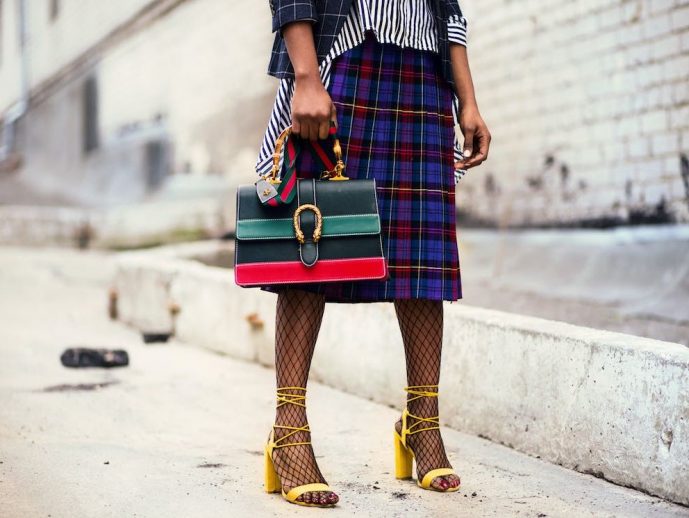Categories more
- Adventures (17)
- Arts / Collectables (15)
- Automotive (37)
- Aviation (11)
- Bath, Body, & Health (77)
- Children (6)
- Cigars / Spirits (32)
- Cuisine (16)
- Design/Architecture (22)
- Electronics (13)
- Entertainment (4)
- Event Planning (5)
- Fashion (46)
- Finance (9)
- Gifts / Misc (6)
- Home Decor (45)
- Jewelry (41)
- Pets (3)
- Philanthropy (1)
- Real Estate (16)
- Services (23)
- Sports / Golf (14)
- Vacation / Travel (60)
- Watches / Pens (15)
- Wines / Vines (24)
- Yachting / Boating (17)
Tips For Choosing the Right Women's Handbag
Published
01/01/2024Handbags are an essential part of a woman's wardrobe. They can make or break a look. Therefore, choosing a bag that complements your outfit in color, size, and style is essential.
Fashion experts suggest that the size of your bag should be in proportion to your body frame. If you are tall and thin, select a small bag to accentuate your shape.
Purpose
Like Aimee Kestenberg handbags, they are designed to fit the items they need most. This includes transaction items like money, keys, and a pen/pencil. It also includes transition items such as a feminine product, lip balm, and tissues. It may also have technology and other electronics.
The handbag you choose must reflect your style. It shouldn't detract from the outfit you're wearing. For example, a backpack purse won't work with an elegant evening dress. It's best to opt for a chic clutch purse instead.
In the past, women's handbags have reflected their social mores. For instance, brazen flappers opted for sleek, color-coordinated bags, while nonconformist hippies favored handmade craftwork. They've also been used to express individuality during social change or upheaval times.
Size
While size may seem trivial, it is one of the most important aspects to consider when shopping for a new handbag. The size of the bag will determine how much you can carry in it, ultimately affecting its functionality.
Look for a purse slightly larger than a file folder but not so boxy that it interferes with your arm swings when you walk. Similarly, go for a strap length that can easily be swung over your shoulder without dragging on the floor, says Glassman.
For women who want to appear smaller, opt for clutches tucked under your arm or slouchy hobo bags worn on the shoulder to create dimension and curves. Belt bags that rest around the hips can also do the trick.
Style
The style of a women's handbag (also called a purse) can make or break an outfit. Fashion trends come and go, but some classic bags remain popular year after year. Women tend to favor neutral-colored purses that match most of their wardrobe and structured styles such as tote and clutch bags.
Other bag styles include drawstring bags that cinch with strings, duffel bags that are cylindrical over-the-shoulder carriers, and waist bags that are attached to the wearer's hips. A chic black bag can look incredibly stylish when paired with a simple cocktail dress and heels, while an elegant satchel or crossbody can enhance a casual outfit, such as jeans and a relaxed tee with fashion flats. You could even add a pop of color to your business by choosing a brightly colored purse.
Color
The color of your handbag can affect how versatile it is. Choose a neutral shade like black, taupe, or grey to ensure your bag will work with many outfits. Or, select a purse in an on-trend hue to elevate your look with a touch of personality.
For instance, a vibrant purple purse adds vitality to a simple outfit of high-waisted skinny jeans and a mod floral tunic top paired with fashion flats. Alternatively, a tan bag brings rugged sophistication to a company coat dressed up with gold-heeled oxfords and hoop earrings.
Pockets
Pockets are a small but crucial part of a handbag's design. Early American feminists fought hard for pockets in women's clothing, arguing that the same functionality offered to men by their pants and jackets should also be available. But the fashion industry won out, and pockets were stripped from many women's garments. As a result, many women have had to buy purses to hold their things.
Some designers argue that a pocket will ruin the line of a dress. Others are fighting to ensure women's clothing is as practical as possible.















